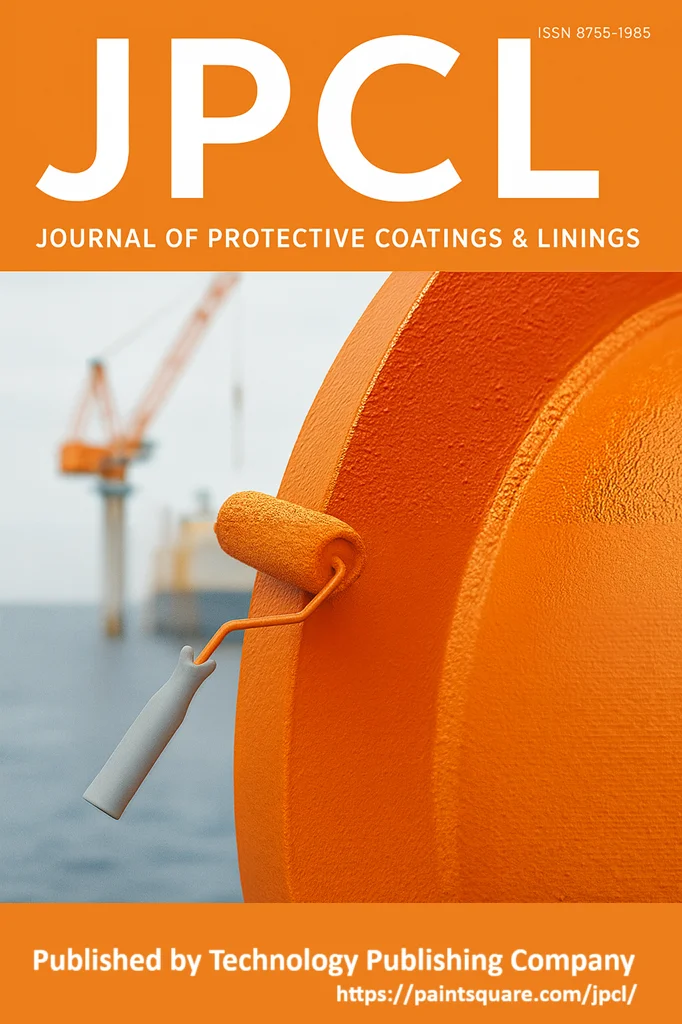Editorial and Peer Review Process
The editorial process at Journal of Protective Coatings & Linings (JPCL) ensures fairness, transparency, and the highest standards of scientific quality.
1. Initial Screening
After submission, each manuscript is first reviewed by the Managing Editor/Handling Editor for technical compliance, suitability to the journal’s aims and scope, adherence to formatting guidelines, and basic ethical standards. Submissions that meet these requirements move to the editorial review stage.
2. Editorial Assessment
An academic editor (such as the Editor-in-Chief or a designated Editorial Board member) evaluates the scientific quality, relevance, methodology, and originality of the work. At this stage, the editor may decide to reject the manuscript, request revisions, or proceed to peer review.
If there is any potential conflict of interest (for example, if an editor is an author on the manuscript), the submission is assigned to another independent editorial board member to ensure objectivity and impartiality.
3. Peer Review
Manuscripts that pass the editorial assessment are sent for external peer review. JPCL uses a single-blind peer review process, meaning reviewers know the authors’ identities but authors do not know the reviewers’. In certain cases, a double-blind review may be used.
- At least two independent expert reviewers assess each manuscript for scientific merit, originality, clarity, and relevance.
- Reviewers are carefully selected for expertise and lack of conflicts of interest.
- Authors may suggest reviewers or list those they prefer to exclude (subject to editorial approval).
- Reviewers are generally given 7–10 days to complete their review; extensions may be granted on request.
- Revised manuscripts may be sent back to reviewers for further evaluation.
4. Revision and Decision
After considering reviewer feedback and the authors’ responses, the handling editor makes a decision, which may include:
- Acceptance as is
- Request for minor or major revisions
- Rejection with option to resubmit after major changes
- Rejection
Authors have the opportunity to revise their manuscripts in response to reviewer comments. Normally, up to two rounds of major revision are allowed, though more may be permitted at the editor’s discretion.
If authors wish to appeal a decision, they may contact the editorial office with a detailed response. Appeals are reviewed by a senior editorial board member who was not involved in the original decision.
5. Production and Publication
Once accepted, the manuscript is prepared for publication by our production team, which handles copy-editing, formatting, and proofing. Authors review and approve the final proofs before publication. All articles are published open access, immediately available online under a Creative Commons license.
6. Ethics and Editorial Independence
JPCL upholds the highest standards of publication ethics, following the recommendations of COPE (Committee on Publication Ethics) and other international guidelines. All submissions are screened for plagiarism and ethical compliance. Editorial decisions are made solely based on scientific merit, originality, and relevance to the journal’s scope. Editors and staff do not handle or decide on their own submissions, and all conflicts of interest are strictly avoided.
7. Commitment to Quality and Transparency
Journal of Protective Coatings & Linings (JPCL) is dedicated to a fair, rigorous, and transparent peer review process, ensuring the integrity and reliability of published research for authors, reviewers, and readers alike.
